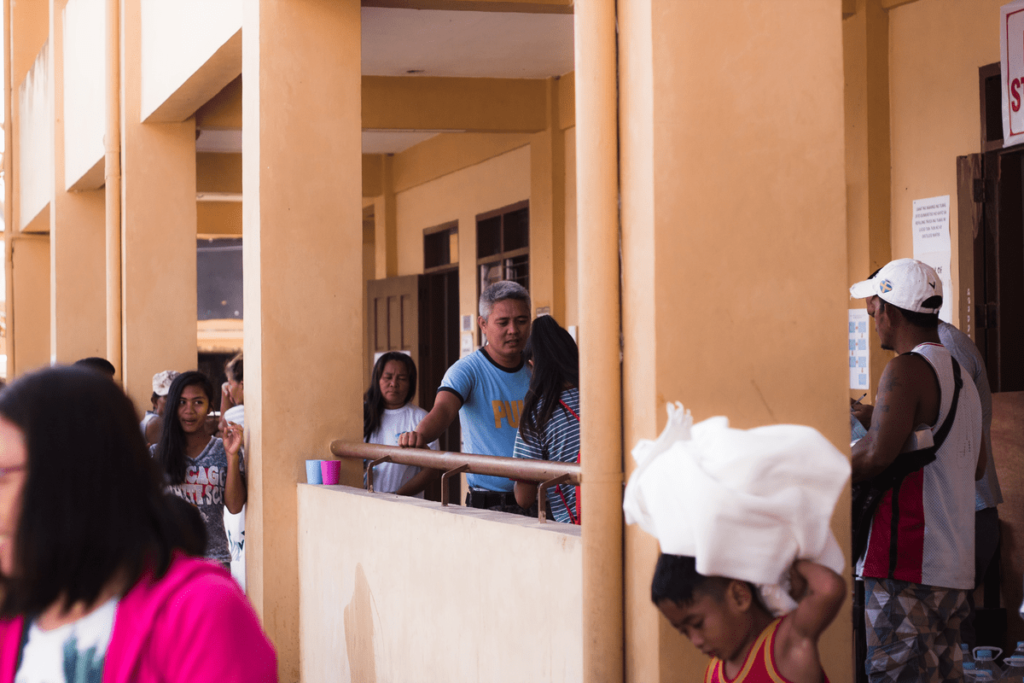The Batanes Islands (Philippines) are known as the most resilient in the Pacific. This remote and beautiful archipelago is surrounded by seas and frequented by typhoons. For its population, resilience is as ingrained in life as the wind and rain.
Recovery operations on the Islands begin immediately after a catastrophe, they do not wait for external or international assistance. Their culture is based on survival: autonomy, austerity and strength, always from the entire community working together and helping each other. For an Ivatan, not rebuilding their own home or not neighbours to do the same after a typhoon, is a source of shame. They proudly narrate how their ancestors sailed the wild seas in small ships, and sheltered themselves from the inclemency of the weather in fortress houses that still welcome new generations. They maintain a culture that, from their food sources to their approach to construction, has stood the test of time.

Image: Sea Breeze Residences of Ibaan in Batangas, Philippines © Nathaniel Sison.
Meanwhile, the term resilience has emerged in developed countries, associated with design, and territorial and urban development. More and more cities are making their resilience plans out of fashion or fear; rich, safe, calm, comfortable cities… and, consequently, fragile and vulnerable are those who inhabit them. These citizens are well-fed and have never had to go without a hot shower or build with their own hands. Such populations dependent on macro-systems are easily unbalanced and alarmed at the minimum dysfunction or interruption of supplies.
Currently, major investments are being made all over the globe to write resilience plans, however, when the time comes and cities face shocks, the danger is that these plans will remain mere reports on paper. If the strategies proposed only address the system as a whole, but neglect the individual scale and the training of individuals, they will not work.
Resilience plans are able to guarantee response systems, organise resources, means and infrastructures, form institutions, coordinate organizations, provide palliatives and minimize risks, but populations are increasingly fragile and at risk.

Image: Uyugan, Batanes, Philippines © Lavinia Arances.
This is the cost of our well-being – our education based on happiness, safety as the desired means of life, the reduction of effort, and the increase of luxury and comfort. The consequence of favouring infrastructure over the individual is that the two are not connected. The population is passive to removed systems of defense and protection. The result is the development of strategies based on cooperation that risk being incongruent.
Living in a constant storm has taught the Ivatans to face the storm. Their culture has been built with and by resilience through each person as an individual, with full awareness of the need for cooperation. However, the great cities of the world today are being built with a resilience label that does not extend to their populations.






